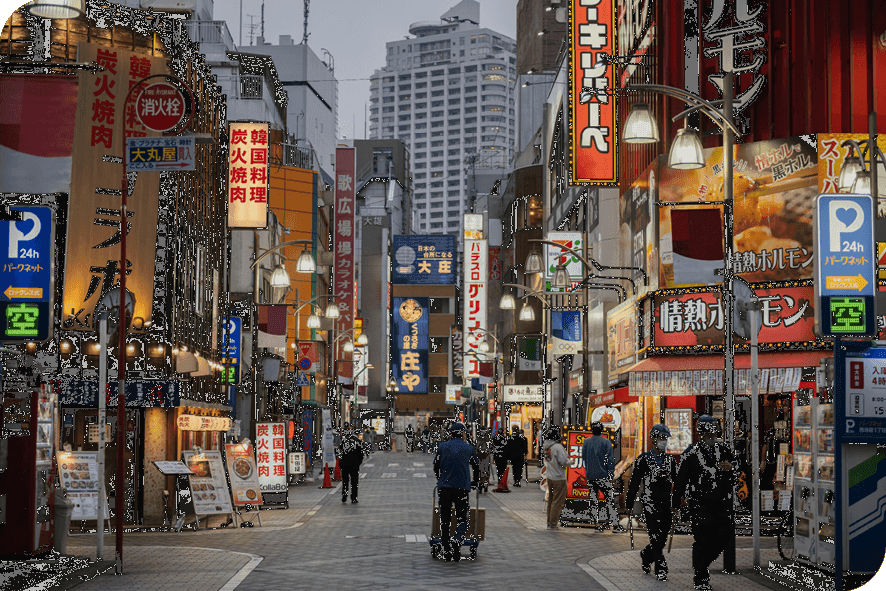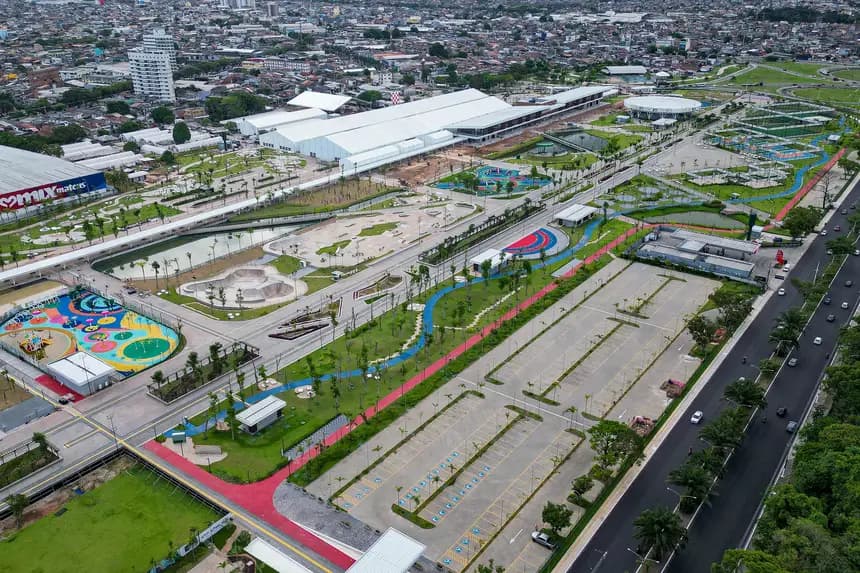
10/10/2025
The most Circular COP in history
*Prof. Dr. Edson Grandisoli
COP30, to be held in 2025 in the city of Belém do Pará, represents a historic milestone not only for taking place in the heart of the Amazon but also for broadening the debate on concrete ways to reduce global greenhouse gas emissions and mitigate the impacts of the climate crisis.
Among the central topics gaining more and more prominence is the Circular Economy, recognized as one of the main pathways to transform the current production and consumption model toward an increasingly regenerative logic, in which it is no longer enough to think about reducing or eliminating impacts; it is necessary to create alternatives that ensure socio-economic development while recovering what has already been lost.
It is important to always remember that the Circular Economy goes beyond waste management and recycling. It proposes the transition from a linear, highly carbon-intensive, greenhouse-gas-emitting model to circular systems in which resources are used more efficiently, extending their life cycles, regenerating ecosystems, and drastically reducing reliance on virgin raw materials. In practice, this means redesigning products, processes, and value chains to eliminate waste, prioritize reuse, share goods, invest in repair and maintenance, and, above all, rethink the way we produce and consume.
Why does the circular economy matter for the climate?
The Stockholm Resilience Centre recently released an update that is, at the very least, concerning, regarding the different planetary boundaries studied since 2009 by its scientists.
Of the 9 planetary boundaries monitored, thanks to human action, 7 out of 9 have already been exceeded relative to safe limits, as indicated in the previous figure. One in particular had already exceeded its limits in 2009: atmospheric CO2 concentration, directly responsible for rising average global temperatures.
Studies by the Ellen MacArthur Foundation and the International Resource Panel (IRP) show that up to 45% of global greenhouse gas emissions are directly linked to how we use materials and produce goods. In other words, focusing solely on the energy transition will not be enough to limit global warming to 1.5°C, as envisioned in the Paris Agreement of 2015. A profound transformation of production and consumption systems is required, alongside rapid reduction of global dependence on coal and oil as energy sources and as the basis for various raw materials.
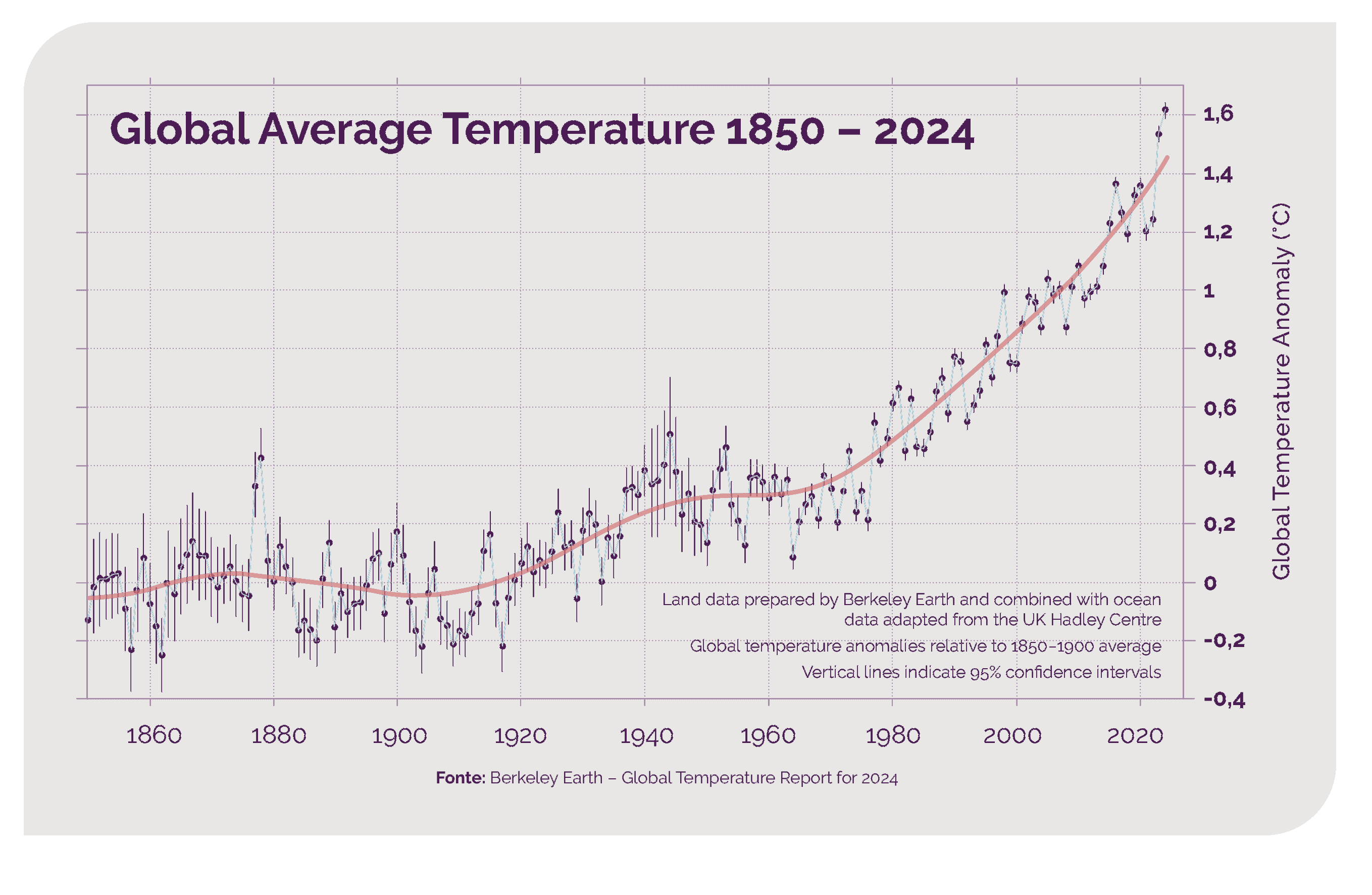
The presence of the circular economy at COP30 is more than a strategy; it is vital to stimulate transformations across all production chains, involving companies, governments, and civil society as co-responsible actors in the transition. Here are a few areas where circularity and climate emergency response go hand in hand:
- Reduce emissions: by extending material lifespans, reducing resource extraction, and promoting sharing-based business models, pressure is reduced on carbon-intensive sectors such as cement, steel, aluminum, and plastics.
- Preserve ecosystems: accelerated resource extraction drives deforestation and socio-environmental degradation. Circularity helps reduce demand for new resources, alleviating pressure on biomes such as the Amazon and Cerrado, and reducing greenhouse gas emissions from fires or decomposition.
- Generate innovation and opportunities: new business models based on services, reverse logistics, and product design innovation create economic opportunities and more resilient jobs, aligned with a just transition and a low-carbon economy.
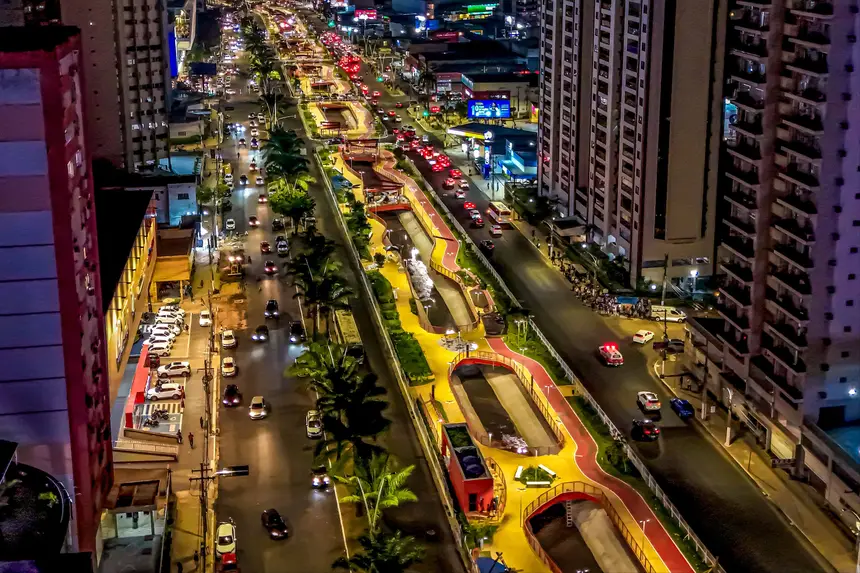
COP30 as a platform for circularity
At COP30, the Circular Economy is expected to appear as a cross-cutting axis of negotiations and commitments, engaging with topics such as climate finance, socio-environmental justice, Amazonian bioeconomy, and energy transition. Governments, companies, and civil society are expected to bring concrete proposals for public policies, realistic corporate targets, and international programs that encourage, in particular, reverse logistics and extended producer responsibility, new and expanded investments in research and innovation, fiscal policies and incentives, as well as new international partnerships to support developing countries in implementing circular infrastructure, especially in waste treatment, sustainable product design, and decarbonization.
Moreover, the presence of the circular economy at COP30 also strengthens the integrated vision connecting climate emergency, biodiversity loss, climate and gender justice, education, and social inequalities. In Brazil, circularity can boost inclusive recycling, valuing waste pickers and cooperatives; support Amazonian communities in creating bioeconomy-focused production chains; and encourage urban centers to develop local solutions for waste management, resource efficiency, and conscious consumption.
On a global scale, this integrated approach demonstrates that the response to the climate emergency cannot be reduced solely to mitigation and adaptation mechanisms but must focus on regenerating natural processes and human relationships with each other and the environment.
Discussing circularity in Belém is not only strategic but urgent: it is recognizing that addressing the climate emergency is a civilizational imperative requiring a radical transformation of how we produce, consume, and relate to the planet. For this to happen democratically and legitimately at COP30, cooperatives, waste pickers, governments, companies, and civil society must participate in an integrated way, not only in dialogues but in the creation of actions focused on cooperation and co-responsibility.
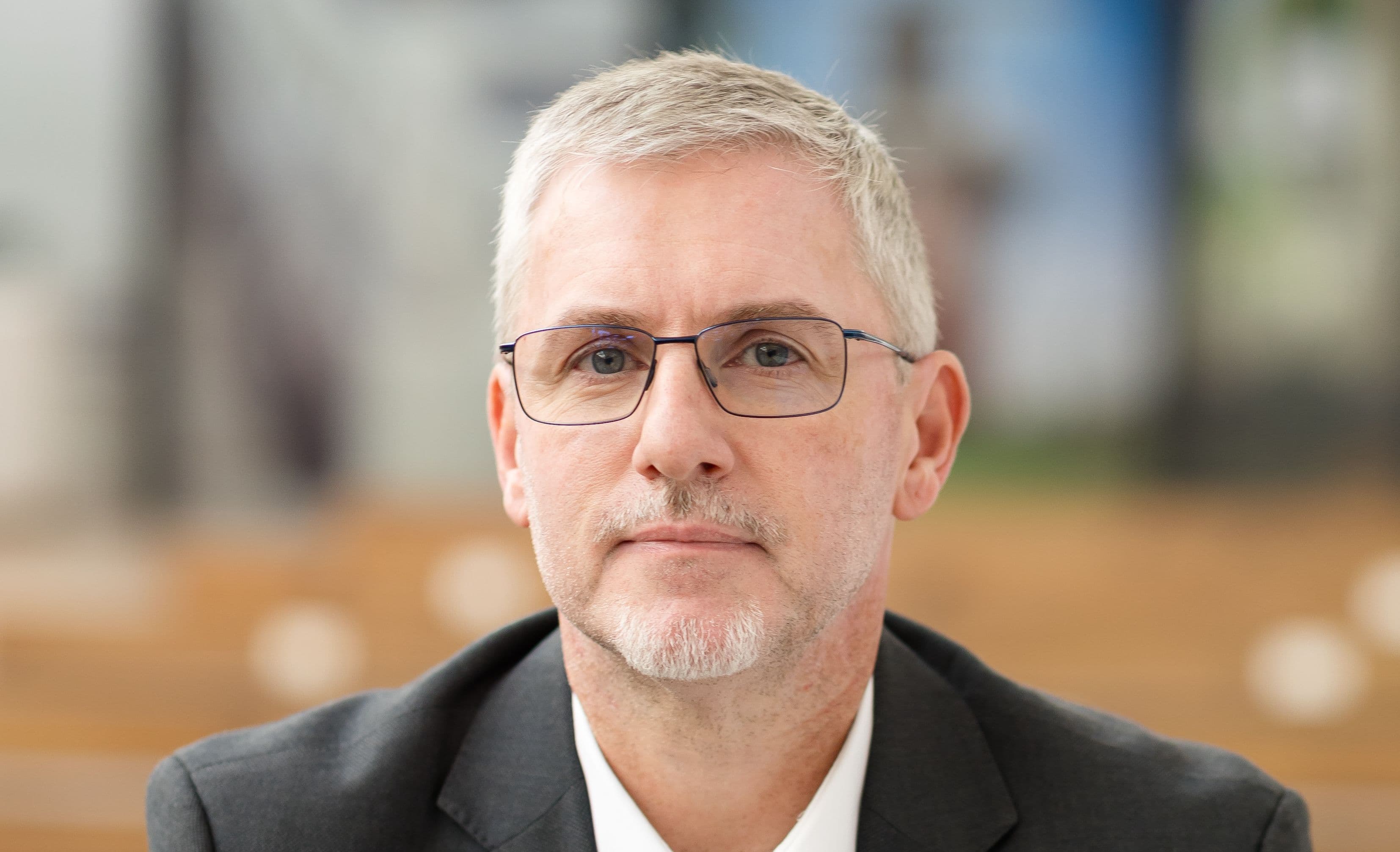
*Profº Dr. Edson Grandisoli
Ambassador and pedagogical coordinator of the Circular Movement. He holds a Master’s degree in Ecology, a PhD in Education and Sustainability from the University of São Paulo (USP), and a Postdoctoral degree from the Global Cities Program (IEA-USP). He is also a specialist in Circular Economy from the UN’s UNSCC. Co-creator of the Schools for Climate Movement, he is a researcher in the field of Education and associate editor of the journal Ambiente & Sociedade.
*This text was automatically translated using artificial intelligence and subsequently reviewed. However, minor differences may still exist when compared to the original version in Portuguese.
